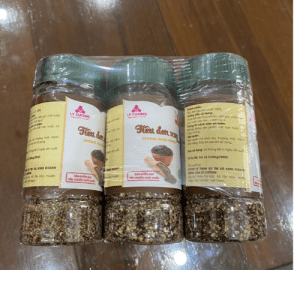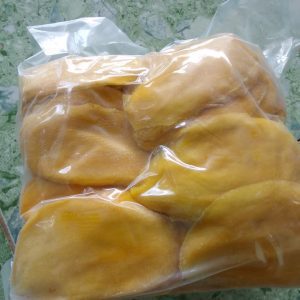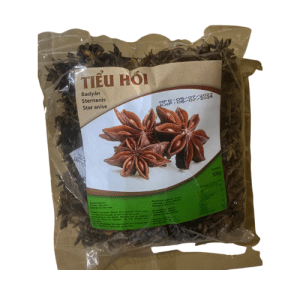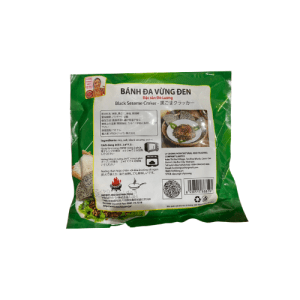Dry food includes a wide range of non-perishable items such as grains, pasta, dried fruits, and nuts. Known for their long shelf life and ease of storage, dry foods are essential staples in any kitchen. They provide convenient, versatile options for meal preparation, ensuring you always have nutritious ingredients on hand.
Advantages of Dry food
Dry food, when referring to food preservation techniques, offers a variety of advantages. Here’s a breakdown of some key benefits:
1. Extended Shelf Life
Reduced Moisture: The primary advantage of dry food is its significantly extended shelf life compared to fresh alternatives. Removing moisture creates an environment unfavorable for bacteria and mold growth, which are the main culprits behind spoilage.
Less Waste: This extended shelf life translates to less food waste. Dry food can be stored for longer periods, reducing the need to discard spoiled items.
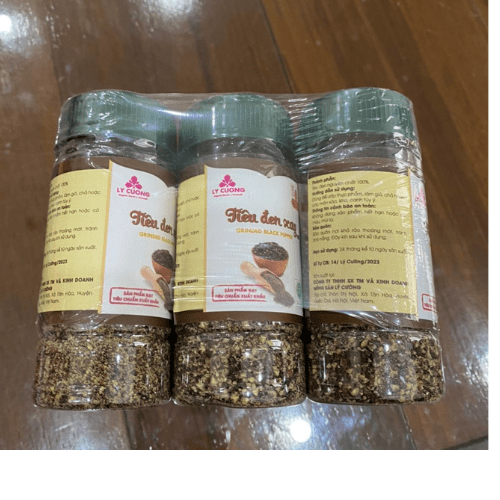
2. Convenience and Portability
Lightweight and Compact: Dried food is lighter and more compact than its fresh counterpart. This makes it ideal for camping, backpacking, or emergency preparedness kits where weight and space are limited.
Easy Storage: Dry food doesn’t require refrigeration, simplifying storage needs. It can be stored at room temperature in airtight containers, making it convenient for pantries and kitchens.
Preparation Ease: Most dry food requires minimal preparation or rehydration before consumption, saving time and effort in the kitchen.
3. Nutritional Value
Preserves Nutrients: Dehydration processes can sometimes concentrate certain nutrients in the final product. While some vitamin C content might be lost, dry food can still be a valuable source of vitamins, minerals, and antioxidants.
Fortification Potential: Dried food can be easily fortified with additional vitamins and minerals to address specific dietary needs.
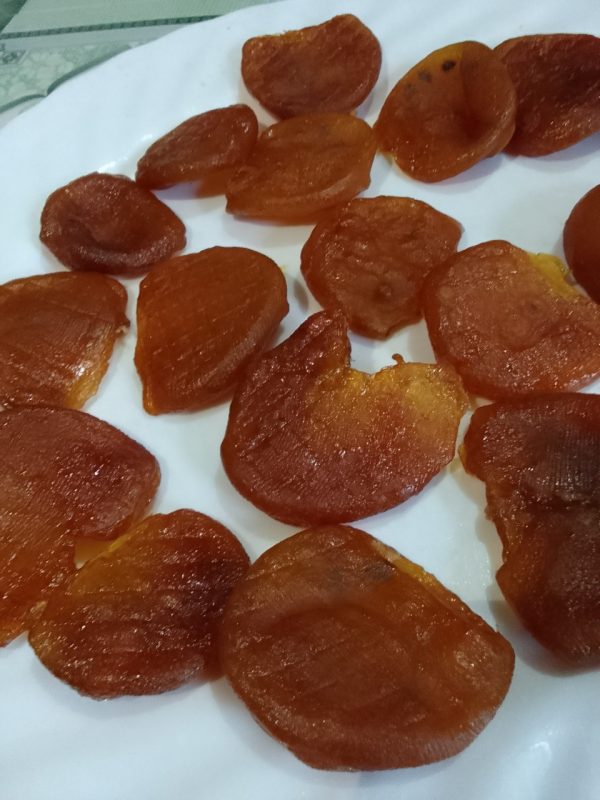
4. Economic Benefits
Cost-Effective: Dry food is often more affordable than fresh produce, especially when considering its longer shelf life and reduced waste.
Seasonal Availability: Dried food allows for year-round access to seasonal ingredients, reducing reliance on imported produce and potentially offering cost savings during off-seasons.
It’s important to note that dry food can sometimes be lower in certain vitamins and may require additional preparation steps compared to fresh options. However, the advantages of extended shelf life, convenience, and nutritional value make dry food a valuable addition to any pantry and a cornerstone of emergency preparedness plans.
Instructions for preserving Dry food
To ensure freshness and prevent pests, store dry food in airtight containers or ziplock bags.
Place dry food in a cool, dry area away from direct sunlight to maintain quality and flavor for a longer time.
Label and note the purchase or expiration date to easily track and use the products before they spoil.
Ensure the storage area is not humid to prevent the growth of mold and bacteria.
Regularly inspect dry food to detect and discard any items that show signs of spoilage or have expired.
Use desiccant packs or other pest control measures in storage containers to protect dry food from pests.

